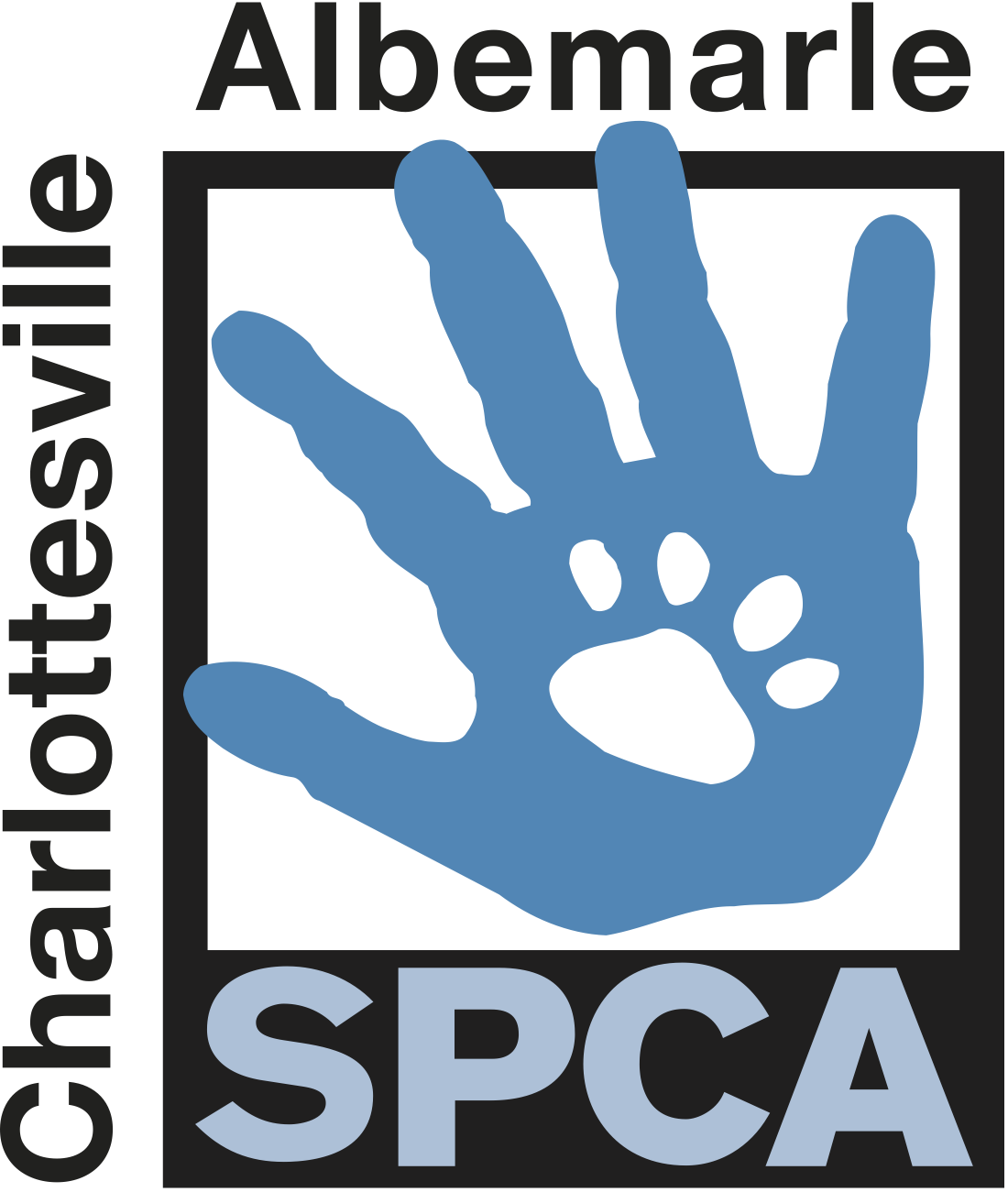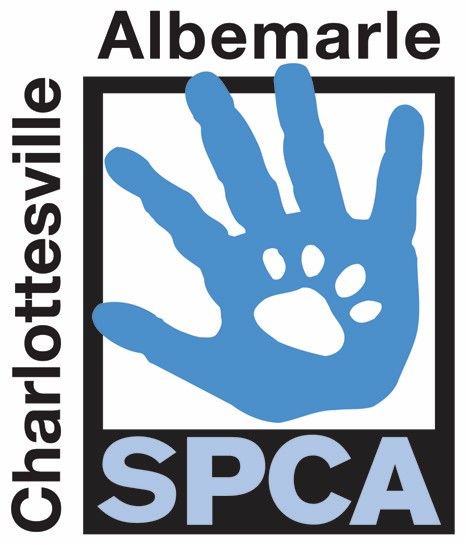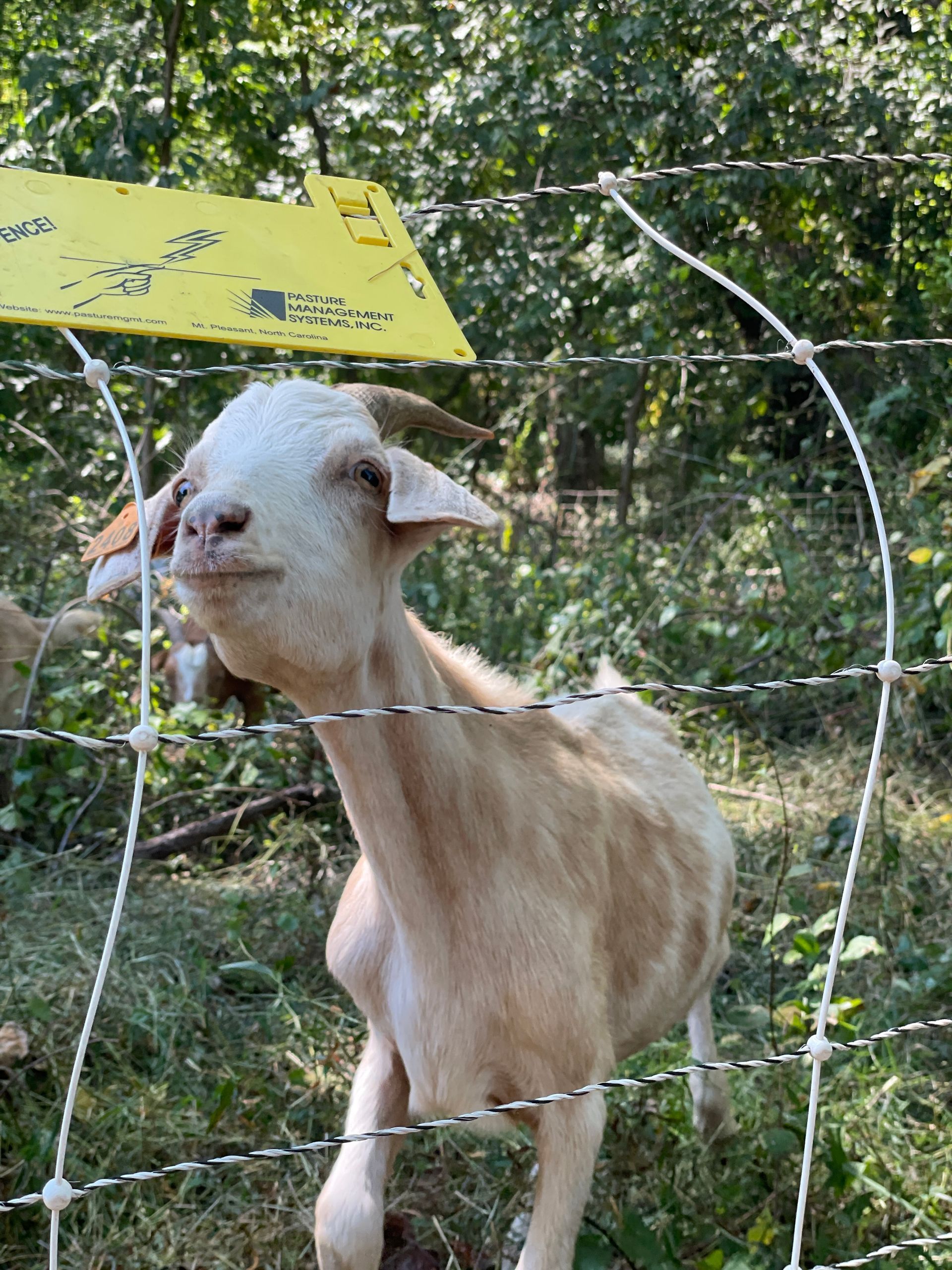Article
World Stray Day
"World Stray Animals Day, celebrated annually on April 4th, is dedicated to increasing awareness of stray animals the world over and the problems they face."
Stray animals, unlike ferals, are domestic animals who are born into the care of human beings before becoming lost or abandoned. Here at the Charlottesville-Albemarle SPCA, we saw 1,680 animals enter our care as strays in 2023 – only 432 of which were redeemed by and returned to their original owners. World Stray Animals Day, celebrated annually on April 4th, is dedicated to increasing awareness of stray animals the world over and the problems they face; this day is purposely positioned 6 months from World Animals Day, celebrated on October 4th.
Prevention
The most important measure any pet-parent can take to protect their animals in the event of them becoming lost is proper identification. A well-fitting collar with a tag or embroidery that displays their owner’s contact information is a dog’s first line of defense against becoming a stray. This allows finders to cut the middleman and immediately contact an animal’s owner if they are found. That said, collars can become lost or damaged, and shouldn’t be relied on as an animal’s only form of identification. Microchipping your pet ensures they will be able to be identified no matter what! Veterinary clinics, animal control officers, and animal shelters are all equipped with microchip scanners, allowing microchipped pets to be quickly identified and pet parents to be reached reliably. This is why all animals at the SPCA are microchipped prior to adoption. Is your pet not microchipped yet? Your pet’s veterinarian can microchip your pet at any age! The SPCA also offers low-cost microchipping clinics on the first Monday of each month.
Door-dashing and slipping out of collars or harnesses are two ways that many dogs frequently become lost. For owners with a defined entryway to their home, we recommend a strategically placed baby gate to help prevent door-dashers from slipping out. For dogs prone to slipping out of their collars or harnesses, we recommend a martingale collar. Designed for security, these collars provide a snug yet comfortable fit, making them difficult to escape from. If you prefer using a harness, consider attaching both the harness and collar to the leash for added safety in case of harness slippage.
Help, My Pet is Lost!
If your dog does become lost, it’s important to act quickly and systematically to increase the chances of a safe return. Start by searching your immediate area, including nearby streets, parks, and neighbors’ yards. Inform neighbors, local businesses, and animal shelters about your missing pet, providing them with a detailed description and a recent photo. Make sure your dog’s microchip information is up-to-date, so that any veterinary clinic or animal shelter that microchip scans your pet will have accurate contact information for you. Create and distribute flyers with your dog’s photo, name, description, and your contact information. Utilize social media platforms, especially Facebook lost-and-found groups, to spread the word. And of course, contact local animal control agencies, veterinary clinics, and animal rescue organizations to inquire about any found pets matching your dog’s description. Remain vigilant and persistent in your search efforts, checking shelters and online databases regularly.
If your cat is lost, you can follow the steps above as well. Additionally, you can set your cat’s litter box outside your front or back door, along with a bowl of water, and perhaps their favorite bed. The scent will help the cat to return to his or her “territory”. You may choose to leave food out during the day, but be sure to not leave any food out after dark – you are likely to attract local wildlife, which may scare your cat off further!
How to Help a Stray Dog
If you’ve found a stray dog, don’t chase them! Many stray dogs are fearful, and chasing them may send them even farther away from their homes. Instead, try to grab a photo of the dog to post on social media, and alert local animal control officers of the sighting. If the dog is very friendly and you are comfortable catching them, the first step would be to take the animal to an animal shelter or veterinary clinic where they can be scanned for a microchip. If no microchip is found, and you feel comfortable and able to hold on to the animal, you may choose to keep them in your home until their owner is found. You can call the SPCA to file a found report, post on social media, and post “found” flyers.
If you are unable to keep the animal in your home, you may bring them to the SPCA where they will wait out their “stray hold”. A stray hold is the period of time that an animal is held for in order to give their owner a chance to redeem them. Until this hold is up, an animal cannot be made available for adoption. For animals with any form of identification or indication of ownership (a microchip or collar with or without tag), this hold is 11 days long. With no ID or indication of ownership, the hold is 6 days. If their owner does not come forward, they will be made available for adoption after receiving appropriate pre-adoption medical care.
How to Help a Stray Cat
If the cat appears healthy and uninjured, and you are not aware of this cat being someone’s missing house pet, it is often best practice to simply leave the cat be. Many cats are outdoor or indoor-outdoor pets, or may be members of local feral cat colonies. Most indoor house-cats that become lost do not stray far from their original home, and many return home of their own volition. If the cat is sick, injured, or appears overtly lost and fearful, then transport to the SPCA for care may be warranted.
Giving Strays a Fresh Start
Through practical prevention and action, we can prevent animals from becoming strays and reduce the stray population in our community. But no animal should be a stray forever! If not redeemed, animals that come in as strays become available for adoption. These animals make fantastic companions, regardless of their backgrounds – through adoption, we can turn “strays” into “here-to-stays”!
To help support the care of stray animals in the Charlottesville area, donate to the SPCA here.
share this

The Charlottesville-Albemarle SPCA is a non-profit animal shelter and community resource center located at 3355 Berkmar Drive in Charlottesville, Virginia. Established in 1914, CASPCA is proud to have served our community and their animals for over 100 years.
Related Articles
Related Articles


STAY UP TO DATE
GET CASPCA'S LATEST
Receive updates, success stories, and get a heads up on upcoming events!
Contact Us





